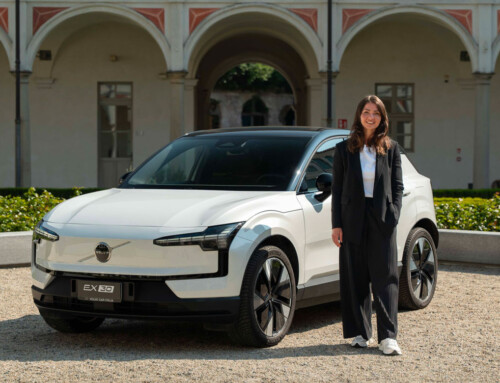In 2003 Fiat Auto was still 979 million euros in the red. So what’s the way out of that quagmire? Design, of course. Today a wind of change is blowing through the bodyshops and the factories. A new Italian Renaissance is starting to take shape.
As unstable as its governments, as scintillating as its artistic tradition, as imaginative and seductive as its people, Italy’s auto industry feels recovery coursing through its veins. We’ve been noticing this mood of rebirth for several months now. It’s something the industry is achieving by returning to the core values on which it once built its reputation: a relevant vision of the popular car; the defence of the coachbuilder’s art; the incarnation of the soul of Grand Touring.
While casting a backward glance at the Fiat 500 of the Fifties, the Trepiùno concept car expresses the company’s desire to revive the tradition of a model they could truly call a “people’s car” because anybody could afford one. Meanwhile, the Bertone-designed Panda got off to a good start aided by its Car of the Year Award.
And now the Fiat Idea designed by Giugiaro and flanked by the delectable Lancia Musa, seems to have everything it takes for success in the promising hyper-compact MPV market. Like the great little battlers of the past, both the Panda and the Idea are already available in several variants.
Alfa Romeo, for its part, is exploiting the same trend in a more ambitious key with the 156 Crosswagon, while the Alfa GT Coupé’s launch coincided with the celebrations of the Giulietta’s fiftieth anniversary. Proudly unveiling all these new models, Fiat Auto’s new supremo, Herbert Demel, announced that the company’s losses would be halved in 2004.
The article continues in Auto & Design no. 146










